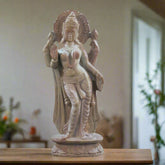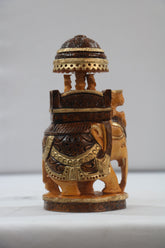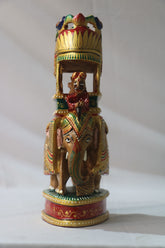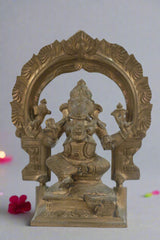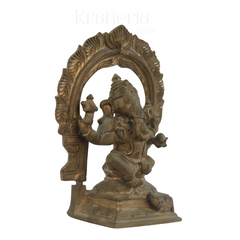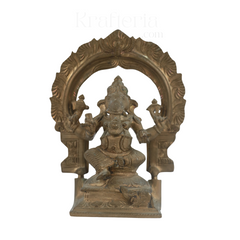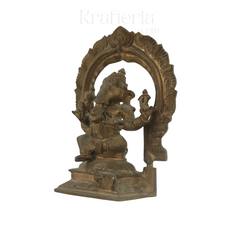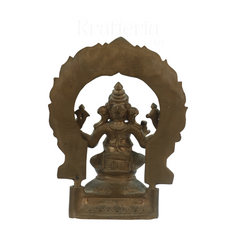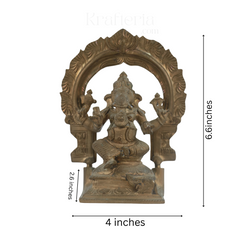Panchaloha artwork refers to sculptures and idols crafted from a sacred five-metal alloy traditionally used in Hindu and Buddhist religious art. The term Panchaloha comes from Sanskrit, meaning "five metals," typically a blend of gold, silver, copper, zinc, and iron. Sometimes tin or lead is used in place of one of the metals, depending on regional variations.
Renowned for its durability, spiritual significance, and aesthetic appeal, Panchaloha art is primarily associated with South Indian temple iconography and bronze casting traditions. These artworks are often handmade using the ancient lost-wax casting method, resulting in exquisite details and smooth finishes.
Each Panchaloha sculpture is not only a visual masterpiece but also believed to radiate spiritual energy, making it a vital part of religious rituals and worship. Common subjects include deities like Shiva, Vishnu, Lakshmi, Ganesha, and Buddha, often portrayed in dynamic postures with symbolic attributes.
In contemporary times, Panchaloha art is also appreciated as a collector’s item and a testament to India’s rich metallurgical and artistic heritage.
